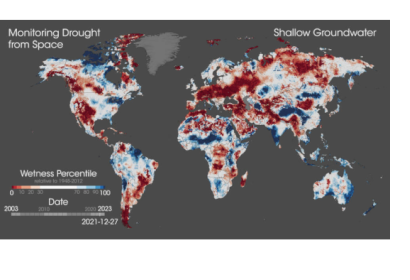Although scientists have predicted that extreme wet and dry events will become more frequent and severe as the planet warms and climate changes, detecting this on regional and continental levels have been difficult to prove.
On March 13, a NASA-led study published in the journal Nature Water, examining 20 years of data from the pair of satellites GRACE -Gravity Recovery and Climate Experiment-, found a strong link between climate extremes and rising global average temperatures. The study proves that warmer global temperatures increase the extent, severity, and duration of extreme wet and dry events.
The study shows how between 2015 to 2021 - seven of the nine warmest years in the modern record-the frequency of floods and droughts was four per year, whereas, in the previous 13 years, it accounted for three per year. The authors explained this trend as warmer air causes more moisture to evaporate from the Earth’s surface during droughts, while warm air can also hold more moisture to fuel severe snowfall and rainfall events.
As the co-author and hydrologist at NASA, Matthew Rodell, explained, “As the world warms, we’re having more intense and more frequent wet and dry events around the world, which gives us a little insight into what’s going to happen in the future. This is an observation. It’s actual data”.
Image: Global Shallow Groundwater 2003-2021. © NASA

